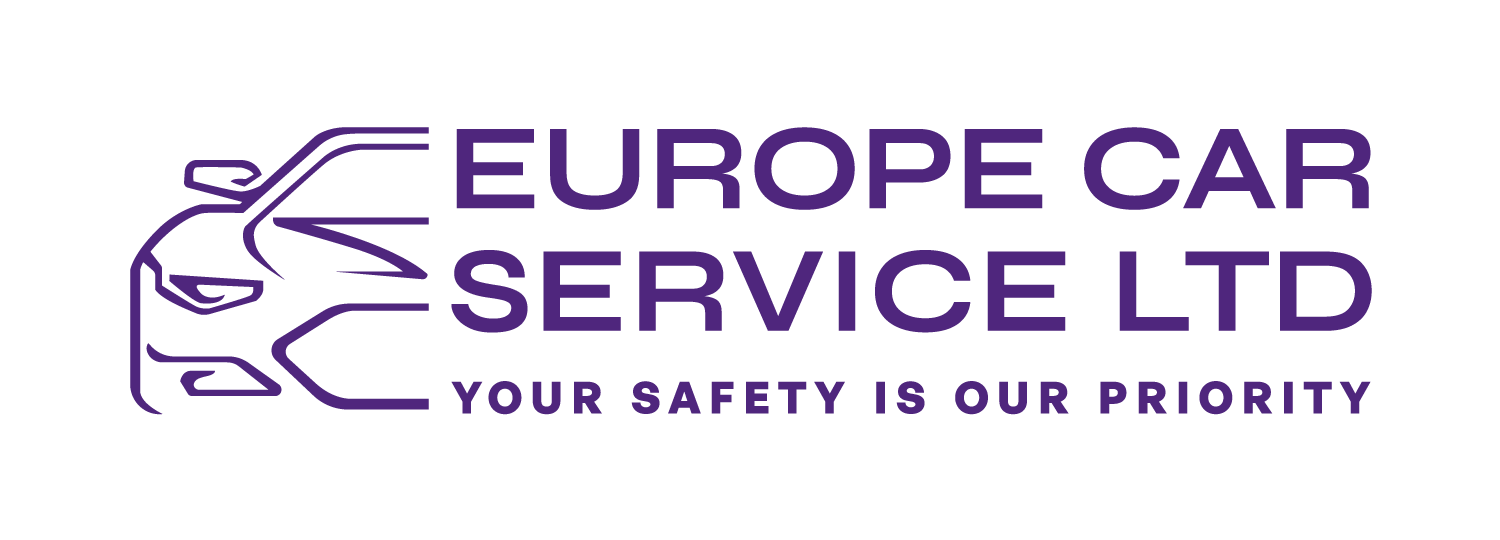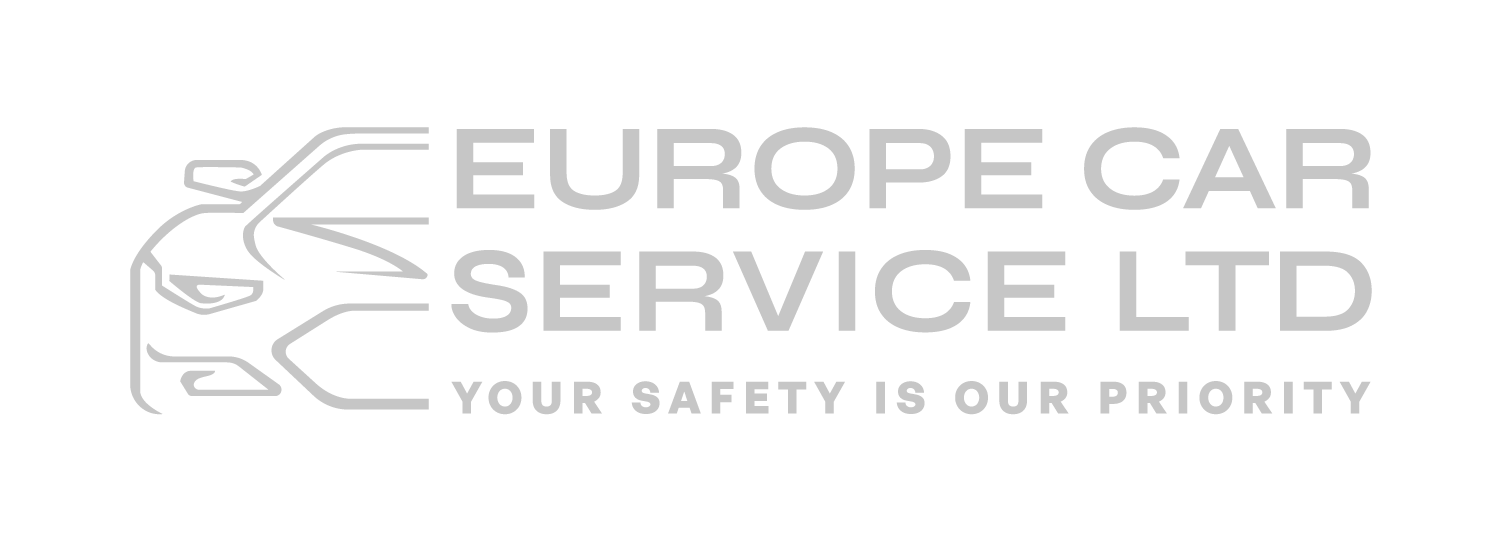Tyres and tracking
Frequently Asked Questions
When the Announcements?
Can I Apply After Rejection?
Where to Interview?
Tyres, tracking and wheel alignment!

Here at Europe Car Service, our highly trained technicians can check the Camber, Caster, Thrust Line, Toe in and Toe out dependent on the chosen wheel alignment service.
Please note that we reserve the right to refuse to carry out a wheel alignment if the vehicles suspension has been modified.
Wheel alignment, or tracking, is the process of ensuring your vehicle's wheels are
set to the optimum position, as per the car manufacturers specifications. The process involves checking the direction and angle of the wheels and it is an important part of vehicles maintenance. Misaligned wheel alignment can cause uneven and rapid tyre wear, and worn suspension units can also ultimately effect the handling and safety of a vehicle and also have a direct impact on the vehicles wheel alignment settings, so regular alignment and suspension inspections are highly recommended. Misalignment of the wheels can also result in poor fuel economy as the vehicle faces resistance on the road surface making the car work much harder to
drive along in a straight line which is bad for your wallet and the environment.
Have you found that your steering wheel doesn’t feel straight? Does your steering
wheel tend to vibrate when driving? Or does your car squeal when you are turning a
corner? All these signs might mean you need to check your wheel alignment or
wheel balancing.
- Mismatched tyre wear
- Car pulling left or right
- Crooked steering wheel, not in centre position when neutral
- Tyres making a squeaking sound when you turn
- Uneven or feathered tyre wear
- Steering wheel vibration
- Drag or pulling
- Audible distress while turning corners
Standard front-wheel tyre tracking
The front toe can be adjusted back to the manufacturer’s original settings. This will
decrease the likelihood of premature tyre and suspension wear, enhance car handling, and save you money by reducing fuel consumption.
Rear wheel tyre tracking
Our technicians can give your car rear tyre tracking which will extend your car’s
tyres’ lifespan and ensure road safety. However, not all vehicles can get their rear
toe adjusted, as recommended in their vehicle’s manufacturer’s handbook.
4-wheel tyre tracking
If you require four-wheel tyre tracking, then you will be looking to balance all your
wheels for optimum driving conditions. Front and rear axle tracking is offered often
with toe adjustments included to guarantee complete precision for your entire
vehicle.
Our technicians will measure numerous angles and compare them to the
manufacturer’s alignment data gives precise readings.
Without the correct tyre tracking or alignment, the wheels can suffer significant wear and tear. It can cause your tyres to wear away unevenly and even prematurely. This
is the biggest factor for getting your tyre tracking booked as soon as possible.
If you leave your tyre tracking to chance, there are other significant issues that can
arise. These will most likely be a lot costlier than having your wheels aligned
when you notice there is an issue.
Due to the rate at which your tyres wear being related to correct wheel alignment, you should try and get your car wheels tracked regularly. Many technicians will recommend that it should be done once a year, every 10000 miles, or if tyres are wearing unevenly.
There are certain recommendations set by the British Standard BS AU 159 that must
be adhered to for a puncture repair to be carried out safely. They define limits to the
location, size and number of repairs that can be carried out on a tyre. To meet these
recommendations and adhere to the safety guidelines, we will only repair a puncture
sustained in the ‘minor repair area’ which is the central ¾ of the tyre. If the tyre has a
puncture anywhere outside of this area, we cannot safely repair this section as it is
too close to the sidewall. Additionally, if a puncture is over 6mm in diameter, regardless of whether it is in the safe area or not, we cannot repair this as the damage is too big for a safe repair.
The British Tyre Manufacturers Association (BTMA) representing the Tyre manufacturing industry in the UK, work in association with Tyresafe.org who actively
promote road safety and as such the BTMA expect tyre technicians to adhere to the
British Standard when carrying out puncture repairs.
Therefore, here at Europe Car Service, we will not carry out a ‘string’ repair. A string
repair involves repairing a puncture from the outside of the tyre. This is deemed
unsafe as the technician will not be able inspect the internal damage of the tyre
caused by the puncture and is not an approved British Standard BS AU 159 repair.
This will largely depend on where the tyre sustained the puncture, what it was
punctured with, the condition of the tyre and the speed rating.
A tyre can only be repaired if it is a small puncture (less than 6mm in diameter) in the
central ¾ of the tyre, anywhere else is deemed unsafe as it is too close to the
sidewall.
Other factors to take into consideration are what the tyre was punctured with and the
general condition of the tyre. If it was a small object such as a nail or a screw that
caused a small puncture, and the damage is in the central ¾ of the tyre then it would
be possible to repair the puncture.
However, if the tyre is showing any sidewall damage or there is visible bead wire, or
the rubber is distorted and cracking then the tyre cannot be safely repaired and will
need replacing.
Any tyres rated ‘V’ and above can only have one puncture repair in the lifetime of the
tyre.
This will cost £25.00 per tyre. We recommend that tyres are re-balanced after being
repaired as the wheels have been removed from the car and will need to be set to
ensure the weight of the wheels turn evenly as the tyres rotate.
Europe car Service is in a great position to be able to offer you the best tyre prices
around. We buy many tyres in bulk and can pass our savings straight onto you!
All our tyre prices are fully inclusive of fitting and vat so you’ll know exactly how
much they’re going to cost with no hidden extras. A pair of tyres typically take around
30 minutes to fit so most customers are back on the road in no time at all.
Europe Car Service recommends that you should undertake tyre tread depth checks
regularly. We recommend you check your tyres at least once a month. For more
information on tyre safety.

